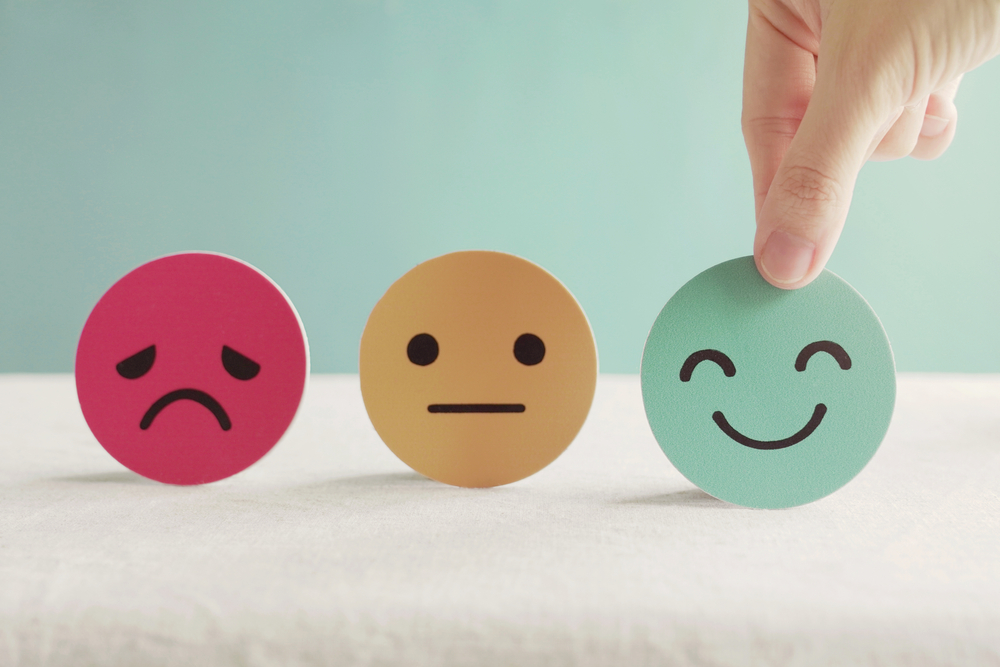We likely think of COVID when we hear or see the word “pandemic.” Yet what many view as the second pandemic, employee mental health, continues on, with a recent American Psychological Association survey noting nearly 80% of U.S. employees experienced some form of work-related stress in the prior month. Fortunately, employers can play a key role in protecting and quantifying employee mental health with the use of readily available assessments while adhering to the highest standards of confidentiality and data privacy.
Recently a group of my Health Enhancement Research Organization (HERO) colleagues conducted research noting how employee mental health assessments can help identify conditions associated with absenteeism, presenteeism, and employee attrition plus lay the groundwork for increased productivity, higher engagement, and improved retention. Here are some tips and best practices for conducting employee mental health assessments in your own organization.
Ensure participant privacy protection.
Before undertaking the assessment, ensure that employee participants’ privacy is protected and that your organization’s privacy and confidentiality procedures are communicated with them. Remember, too, that your organization should only collect data that you plan on using and acting on.
Clearly state the purpose of the assessment.
Convey to employees in simple language what the assessment measures, why it is being administered by your organization, and what you plan to do with the findings. It also may be helpful to share examples of how an employee’s participation will benefit them and the organization. Consider positioning the survey as another milestone in continuing to improve the overall organizational culture.
Set and manage expectations.
Let potential participants know the time commitment required and offer assurance that they can complete the assessment during working hours. Be sure as well to inform employees how long the assessment will remain open so they can schedule accordingly. You also will want to be cognizant of other unrelated surveys or assessments employees may have received recently to avoid “survey fatigue” – a lack of motivation to participate in assessments, which might impact response behavior.
Consider offering an incentive.
While individual incentives may not be an option given you will want to protect anonymity; your organization may consider offering an incentive if a certain percentage of employees complete the assessment. These might include, beyond monetary incentives, an extra paid holiday, discounts at the company store, or charitable donations.
Communicate and send reminders regularly.
Regularly communicating with employees and sending reminders throughout the process is paramount to successfully issuing mental health assessments. Begin with a pre-questionnaire communication which can help employees understand, as I noted earlier, why the assessment is being administered. Communications during the response period can help remind employees to respond. And a post-questionnaire communication can help employees understand how your organization is using the results to foster positive changes.
It’s important to send all communications during working days and hours and to avoid issuing first thing Monday morning or late on Friday afternoon.
HERO Health and Well-being Best Practices Scorecard Insight
Beyond the aforementioned tips, the HERO Health and Well-being Best Practices Scorecard in collaboration with Mercer© (HERO Scorecard), is designed to help employers, providers, and other stakeholders learn about and determine workplace health and well-being best practices. The selected practices and their weighted scores were identified by a core team based on industry research and expertise. Here is insight from our recent HERO Scorecard that I believe will be useful as you consider the role of mental health assessments in your own organization and where they fit within your overall corporate well-being strategy and program.
- Include measurable objectives for employee satisfaction, morale, attitudes, or engagement in your strategic plan
- Ensure your health and well-being engagement strategy intentionally helps employees consider how participation aligns with their goals, values, or purpose in life
- Have written policies supporting employee mental health and well-being
- Work with leaders to hold their front-line managers accountable for supporting the health and well-being of their employees
- Provide an Employee Assistance Program (EAP), either through your organization or via a specialty vendor
I believe that normalizing conversations around mental health is the only way to reduce the stigma that can be associated with it. Employers are well positioned to help foster this dialogue. And employee mental health assessments are a critical and necessary first step.
Karen Moseley is President & CEO of the Health Enhancement Research Organization (HERO), a national nonprofit think tank dedicated to advancing best practices in workplace health and well-being. In collaboration with HERO members, Karen and the HERO team provide leadership in research and education by connecting science and practice to demonstrate the value of a health and well-being employer ecosystem.

